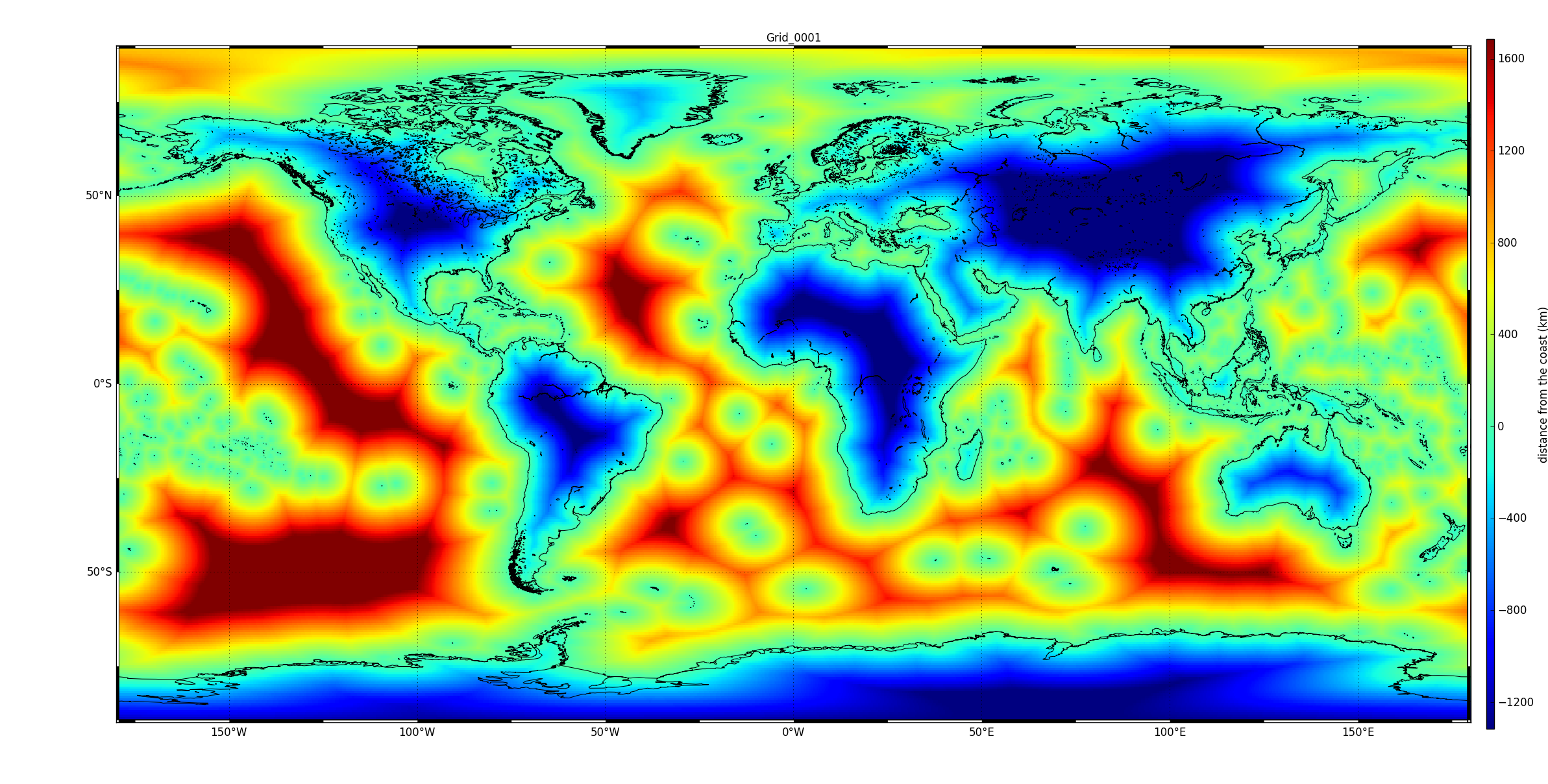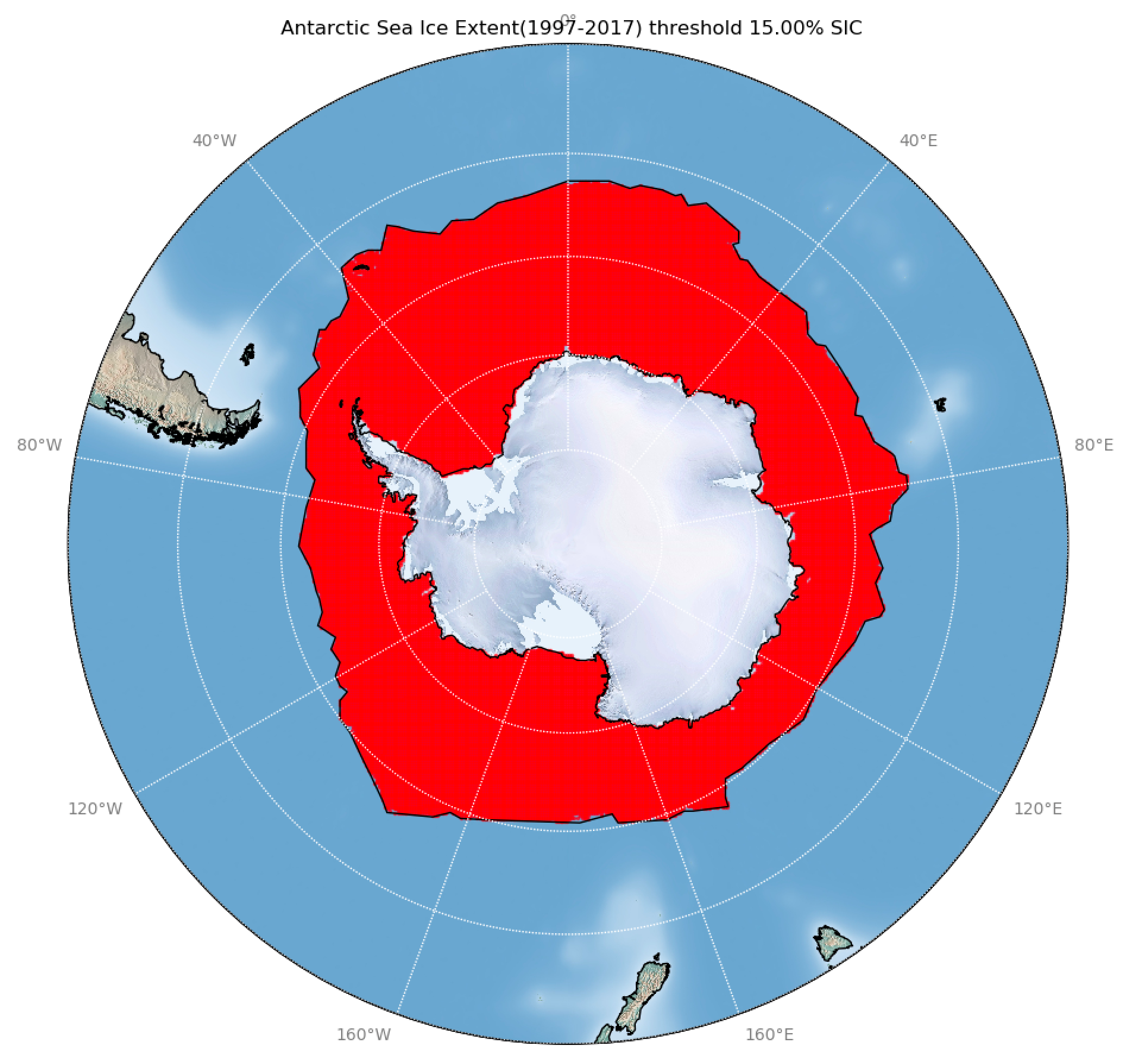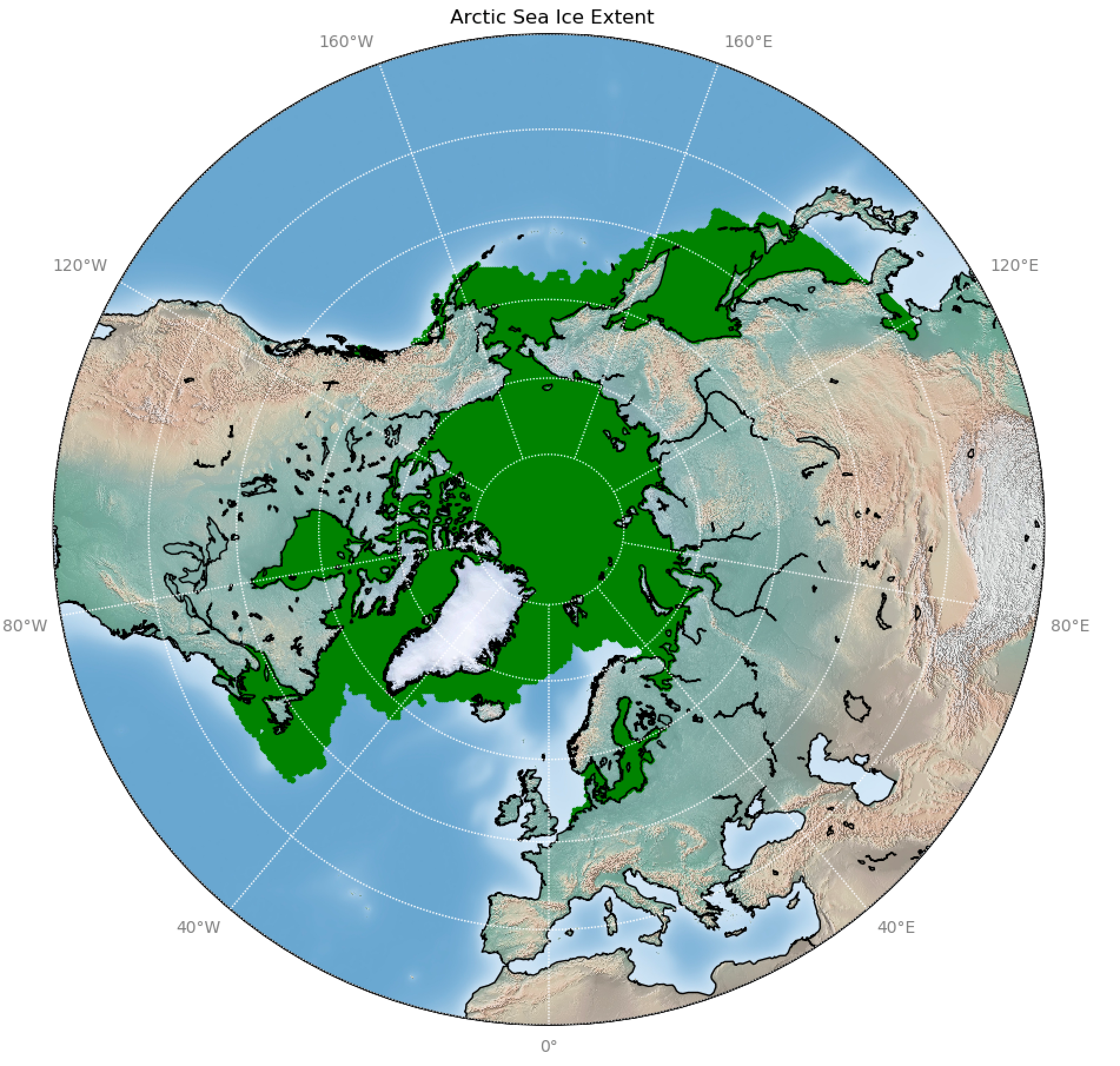The Copernicus Sentinel-3 Surface Topography Mission (STM) Level-2 products are split between Land & Marine. This split is related to the respective Sentinel-3 responsibilities shared between the European Space Agency (ESA) for the Land products production and the European Organization for the Exploitation of Meteorological Satellites (EUMETSAT) responsible for the Marine products production.
In agreement with the European Commission, a "NEW" definition of the geographical coverage of the Copernicus Sentinel-3 Altimetry Level-2 products has been recently defined with the scope to:
- Better define the respective responsibilities of ESA and EUMETSAT in terms of generation of the Sentinel-3 Altimetry Level-2 products and associated variables.
- Deliver an unequivocal message to the end users on the partitioning of the Sentinel-3 Altimetry Level-2 products and their associated applications.
Since the 9th of July 2020, the Sentinel-3 Altimetry Level 2 LAND products, generated by ESA, cover the continental surfaces as well as the sea ice surfaces, i.e. correspond to the "Land surface" and the "Common surface" as per the Figure 1 's legend. The coastal overlap between the LAND products generated by ESA and the MARINE ones generated by EUMETSAT has been reduced to 50 km (25 km on each side of the coastline).
For any Inland Waters or Cryosphere applications, users are invited in using the ESA LAND Level-2 products; while for any Marine, Oceanic applications, the EUMETSAT MARINE Level-2 products are recommended.
This new geographical coverage of the Sentinel-3 STM Level-2 products is effective since 9th of July 2020 with the deployment of the new S3 STM PB 2.68 for Sentinel-3A and PB 1.42 for Sentinel-3B.

Figure 1: Map of the SR2_MLM_AX ADF used in operation since the 9 of July 2020
Land/Marine Mask definition from early S3 mission
This mask is used in both Land & Marine ground segments. It was initially defined (prior to S3A launch) based on the following rules (see illustration Figure 2):
- Marine surface: Over Ocean for distances to the coasts higher than 300 km
- Land Surface: Over land/earth for distances to the coasts higher than 10 km
- Common surface: 300km of coastal areas and 10 km on the continental areas.
The S3 STM MAR L2 products correspond to the Marine + Common surfaces.
The S3 STM LAND L2 products correspond to Land + Common Surfaces.
In addition, and with the objective to cope with some ground segment operational constraints, global common areas were also defined, such as for the Mediterranean Sea the Indonesian sea and the Gulf of Mexico. Some small isolated Islands were also not included in the common surface as it is the case for example in the Vanuatu archipelago.

Figure 2: The Map shows the SR2_MLM_AX ADF definition used to split the Sentinel-3 STM Level-2 products from 2016 to 9 of July 2020.
Description of the modifications applied to the Land/Marine mask for the L2 LAND products
Modification of the coastal area
The information of the distance to the closest coast is derived from high resolution GSHHS (Global Self-consistent, Hierarchical, High-resolution Shoreline) high-resolution dataset (P. Wessel & W. Smith) available at ftp://ftp.soest.hawaii.edu/gshhg/ .
This file was modified and converted in a regular grid 1/8° degree of resolution, it is displayed in Figure 3.

Figure 3: Global map of distance to the closest coast (in km) derived from the GSHHS database. (Resolution of 1/8°). Negative values are used for continental surfaces, positive values for marine surfaces.
Based on this information, the initial Land/Sea mask is modified to fit the new common surface definition in the coastal areas.
In order to avoid the inclusion of all small Islands observed in the open ocean, the coastal distance selection was applied on surfaces that were already defined as common in the initial Land/Sea mask. The rule applied can be expressed as follow:

Inclusion of the sea ice surfaces in the Land products coverage
To define the sea ice area to be considered as common surface, the S3 MPC Ice Expert Support Laboratory (ESL) at UCL-MSSL recommended the use of the sea ice concentration information. For the South hemisphere, this information is derived from the NSIDC (National Snow and Ice Data Center) and is referred to as NSIDC-Dataset ID: 0051. More information is available at https://nsidc.org/data/nsidc-0051.
This information was processed by UCL (University College London) in order to define the maximum extend (plotted Figure 4)

Figure 4: Combined ice valid mask generated by UCL from all daily NSIDC data from Jan-1997-Dec-2017. Re-masked using a calculated boundary polygon to remove areas of invalid sea ice noise.
For the North hemisphere the sea ice area to be modified is delimited thanks to the maximum sea ice extent computed by NSIDC (NSIDC-Dataset ID: 0622, https://nsidc.org/data/nsidc-0622). An illustration of the sea ice surface delimitation in the North hemisphere is given in Figure 5.

Figure 5: Maximum sea ice extent computed by NSIDC in the North hemisphere.